
OR

More from Author
Maya is a little disillusioned today. While at work the day before, she had received a directive from the head office. The letter had arrived from the Department of Health and the order dictated that she should avoid being emotionally stressed for the entire time during the coming week. She also had an appointment for a physical examination at the hospital today, and, following that, she was to rest at the hospital itself for the entire week. Then, on March 17….
You May Like This

Language Commission expresses concern over negligence of Nepali language in govt offices
KATHMANDU, Nov 8: The Language Commission has expressed concern that the Nepali language has been neglected as the language of... Read More...

Embossed number plate can now be written in both English and Nepali
KATHMANDU, April 5: The government has made necessary arrangements for the embossed number plates attached to vehicles to be written... Read More...

KMC making preparation requiring all schools to fly national flag
KATHMANDU, March 21: The Kathmandu Metropolitan City (KMC) is making preparation requiring all schools in the metropolis to install the... Read More...

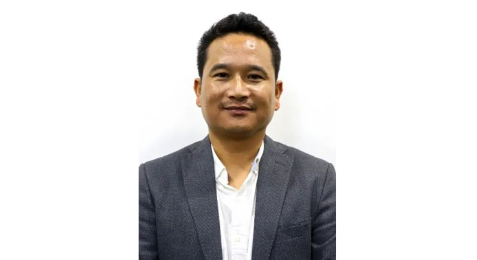


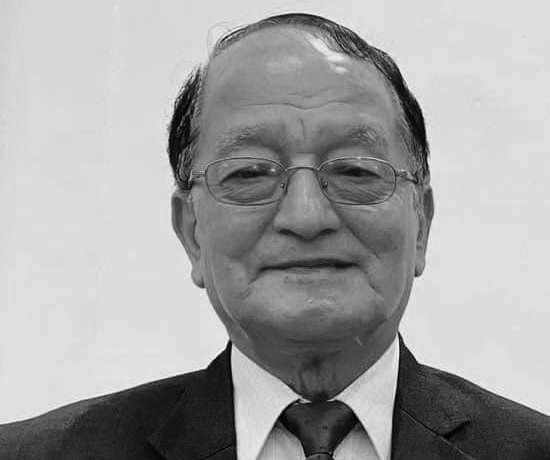
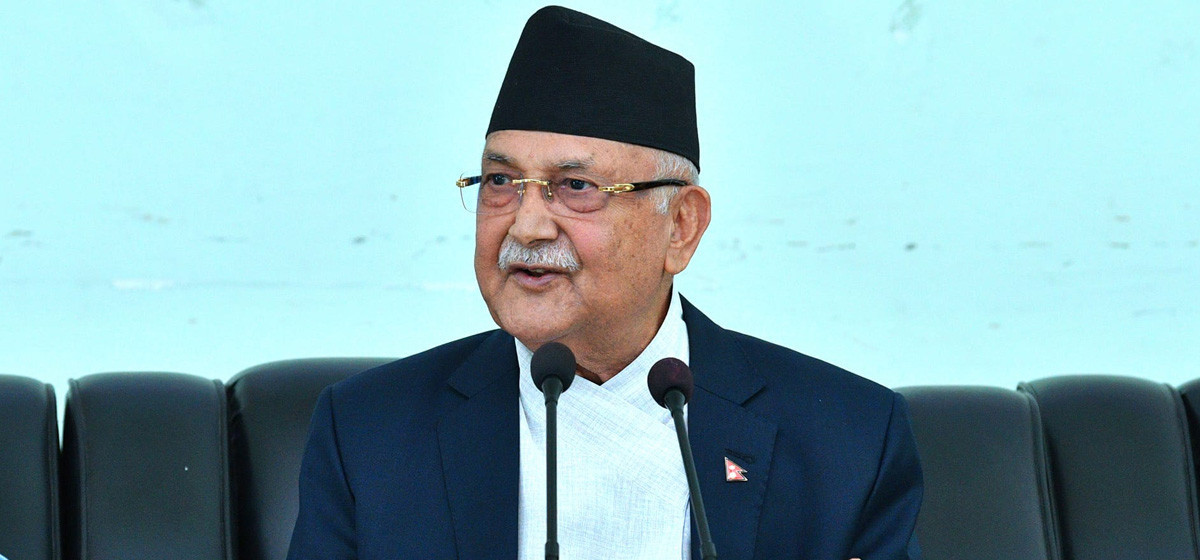
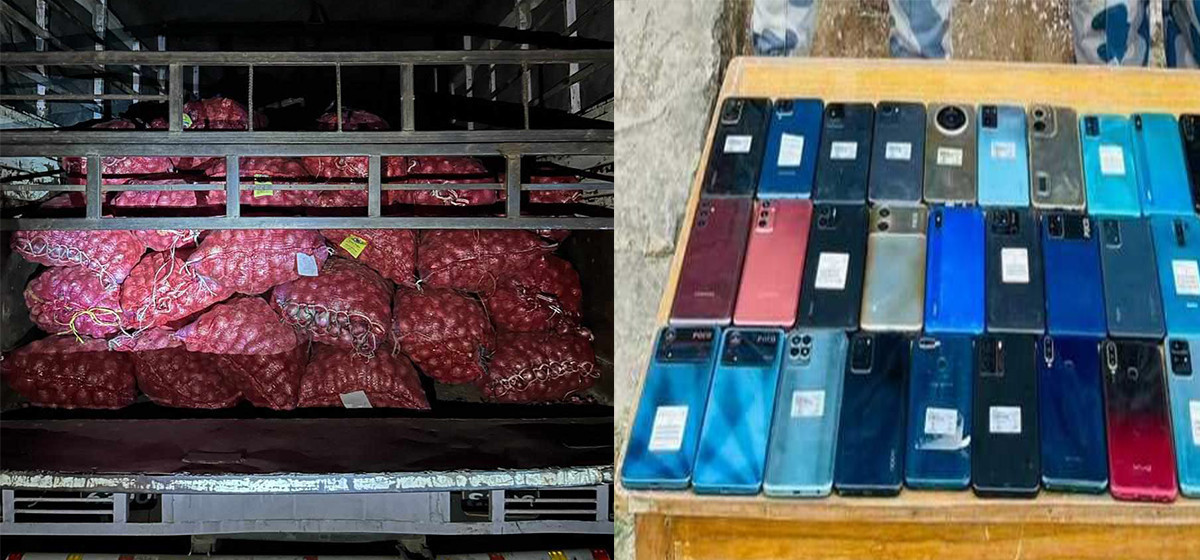
Just In
- Idols of Lord Ram and Sita consecrated at Nepali temple in Thailand
- Satdobato-Balkumari road section to be closed at night for several days
- NC objects Gandaki Province assembly call
- Eight Chinese citizens injured in Scorpio-microbus collision in Pokhara
- Former chief secretary Shakya passes away
- UML Chair Oli appeals vote for Nembang
- APF seizes illegally imported 152 sacks of onions and 32 units of mobile phones from Dhansuha
- 80 civil servants left in the lurch as MoFAGA places them in reserve pool





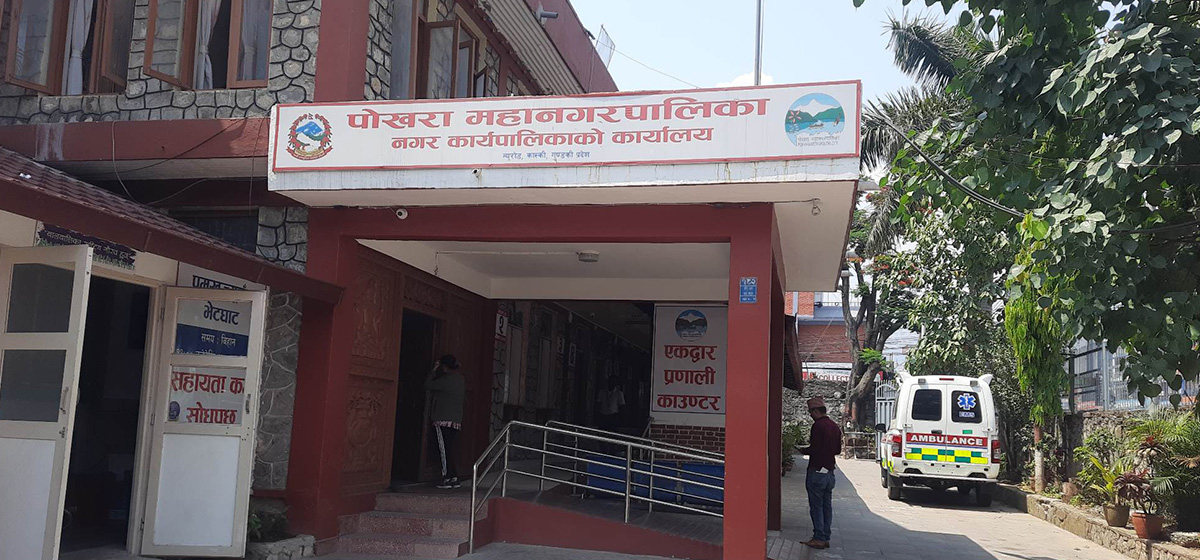




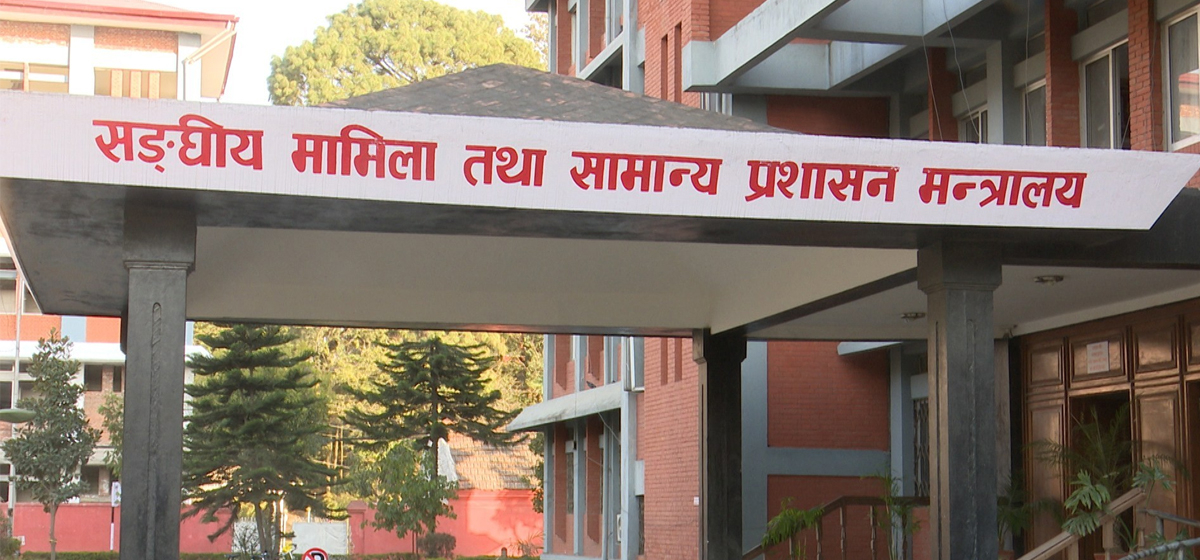
Leave A Comment